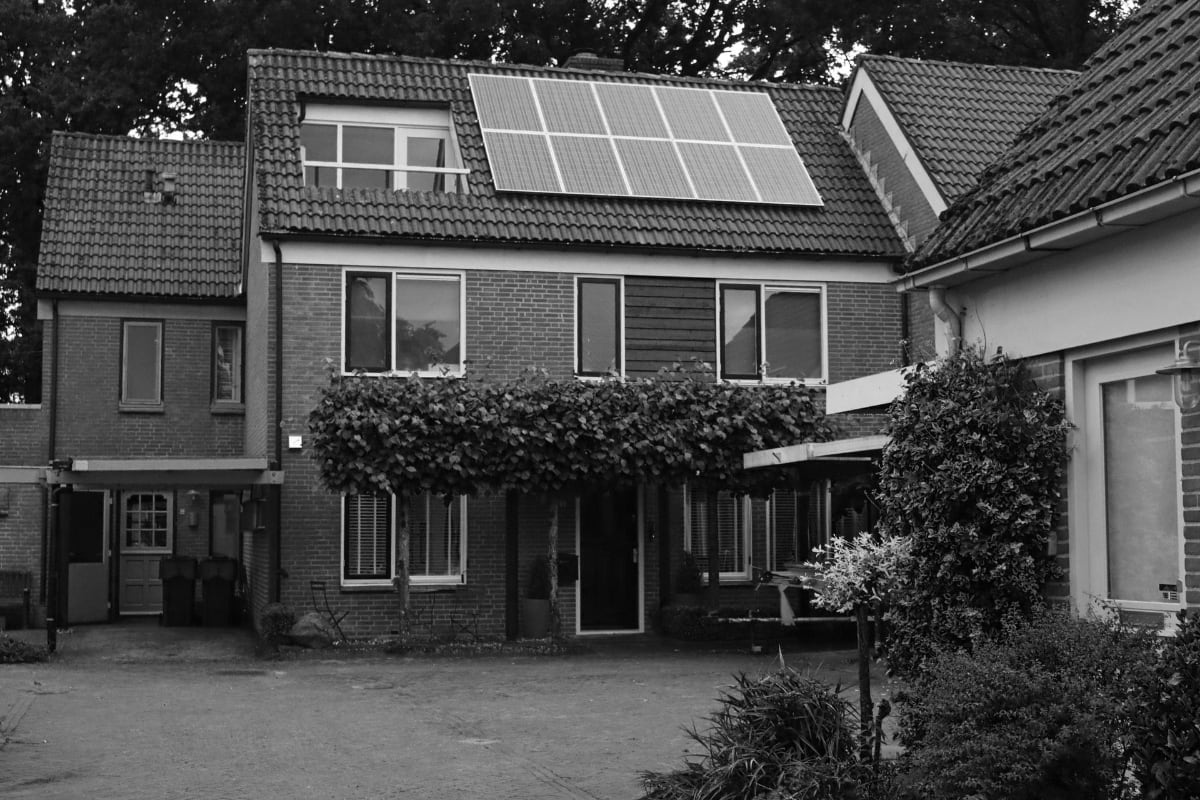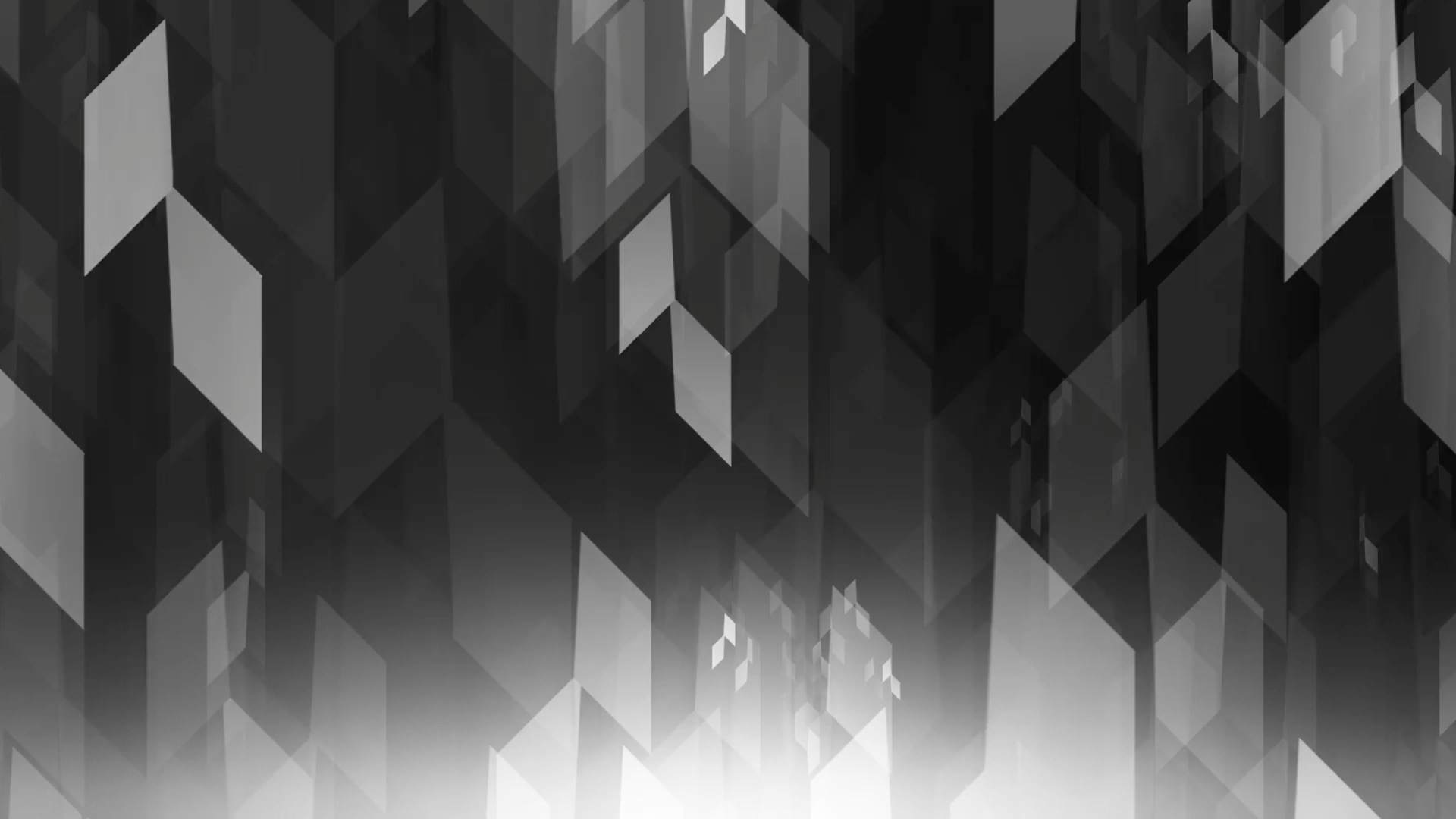
When people think of off-grid living, they often conjure images of isolated shacks hidden in brush or mountain men that hunt for every meal. They imagine outhouses and no electricity. Fortunately, modern off-the-grid architecture makes carbon-neutral living as basic or as modern as you like.
Off-the-grid homes combine modern technology with simple design principles to maximize energy efficiency. Whether you’re planning a cozy tiny house, a sprawling homestead or a contemporary green home, here are some off-the-grid architecture ideas to get you started.
What Is off-the-Grid Living?
An off-the-grid home is any residential property that leaves little to no carbon footprint. These homes are not connected to power grids, sewer lines, water lines or other utility services. Basically, the goal of off-grid living is self-sufficiency. While that all sounds great, what are the actual benefits?
Off-the-grid homes produce much less waste. Utility companies use non-renewable resources such as fossil fuels that pollute the air, ground and water. In 2019 alone, the electric power industry generated 1.72 metric tons of carbon dioxide. Self-sufficient homes produce their own electricity through wind turbines, solar panels and other less harmful methods.
Through unique off-the-grid architecture features, self-sufficient homes are often more efficient. Their power sources spread energy throughout the entire home ensuring none is lost. They harness ambient weather to warm and power every room. Additionally, with composting, even trash has its place in the off-the-grid energy cycle.
Off-the-Grid Architecture
None of that happens by magic, though. Now that we’ve established what off-the-grid living is, let’s walk through some design features that make off-the-grid and eco-friendly homes unique and helpful to our ecosystem.
Electricity
At the center of any self-sufficient home is one or more power sources. To get the most out of your off-grid energy supply, consider using these options in conjunction with each other.
Solar Power
Solar panels are by far the most popular energy source for both off-grid homes and conventional structures. Each solar panel is full of cells that convert sunlight into electrical current. Instead of letting unused energy go, many systems will store power for later use.
Wind Power
A 1.5kW wind turbine can contribute up to 300 kilowatt-hours of energy to a power system in an area that gets an average of 14 mph winds annually. Depending on your location, a larger model can harness even more energy.
Micro Hydropower
If you have water running through your property, this can be one of the most consistent forms of alternative electricity. A turbine converts water’s flowing energy into rotational energy. Think of a turning wheel. An alternator changes rotational energy into electricity that goes through a regulator and then powers your home.
Heat
Just because you’re living off-grid doesn’t mean you have to suffer through harsh winters. Your off-grid electrical sources can provide heat, but to diversify, consider adding specific heating features.
Geothermal Heat
Below ground, the temperature is frequently cooler in the summer and warmer in the winter. A geothermal heat pump pushes air from underground into your home for pollution-less temperature control.
Masonry Heater
While many homes have fireplaces, a masonry heater is by far more efficient and elegant. They are large structures made of stone, brick and other materials that hold and radiate heat. With just a few cords of wood, they can warm an entire home for a day without overheating.
Water
With off-the-grid architecture, you’ll have to keep a closer eye on water consumption. By combining a couple of different sources with proper filtration, you’ll have more than enough water for all household needs.
Cisterns
As rain runs off your property’s structures, large vats called cisterns collect it. They can be underground, aboveground and made of a range of materials.
Wells
Wells provide cool water from deep in the ground. Though they can get costly depending on how deep you have to dig, they provide pretty consistent water.
Roof and Ceiling Features
Off-the-grid architecture isn’t just about utilities. When you plan to build your home, look to the roof for a couple of easy yet efficient additions.
Solar Tubes
These are basically tiny, cylindrical skylights. In contrast to their larger relatives, solar tubes provide concentrated beams of sunlight in any room. Because they’re smaller, they don’t allow as much heat to escape as conventional skylights and fit into any rustic or minimalist decor.
Eaves
An elongated roof overhang, or eave, can protect your home from harsh sunlight. The length can easily be tailored to your location so the winter sun naturally warms your home and is blocked out in the summer.
Other off-the-Grid Architecture Features Around Your Home
The above features are integral to your new self-sufficient lifestyle, but you can add a number of other aspects to get the most out of your green home:
- Dry toilets to use human waste for composting and reduce water use
- Low-emittance windows for cool temperatures
- Sustainable and repurposed lumber for strong, unique structures
- Blown-in cellulose insulation for temperature control and improved fire resistance
- Fresh-air ventilation
- Greenhouses and chicken coops for year-round food supplies
- Energy-efficient appliances
The possibilities for modern off-the-grid architecture are virtually endless. Any and every aspect of a conventional home can be transformed with sustainable materials. Furthermore, with the advent of modern Wi-Fi technology, even hardcore homesteading families can stay plugged in without the need for utilities.
Design Your off-the-Grid Home
Lifestyle magazine OffGrid World estimates that a new self-sustainable home with off-the-grid architecture, not including land, can run anywhere from $50,000 to $100,000 to set up. Your energy sources largely determine your cost. Considering new homes cost at least as much if not much more on average, you’ll save money and play an integral part in preserving a deteriorating planet. With proper planning, your self-sufficient lifestyle can begin sooner than you might think.
That’s where Büdingen Architecture comes in. Our all-virtual home planning process is tailored to your land and needs. Owner Jimmy O’Loughlin isn’t just a home designer, but a licensed architect in Missouri, Idaho, Utah, Kansas, and Montana. With an eye for detail and efficiency, Büdingen Architecture is your solution for any off-the-grid architecture needs. From pre-planning to construction, we’re here every step of the way to help you make changes. Contact us today for a free custom home consultation.


